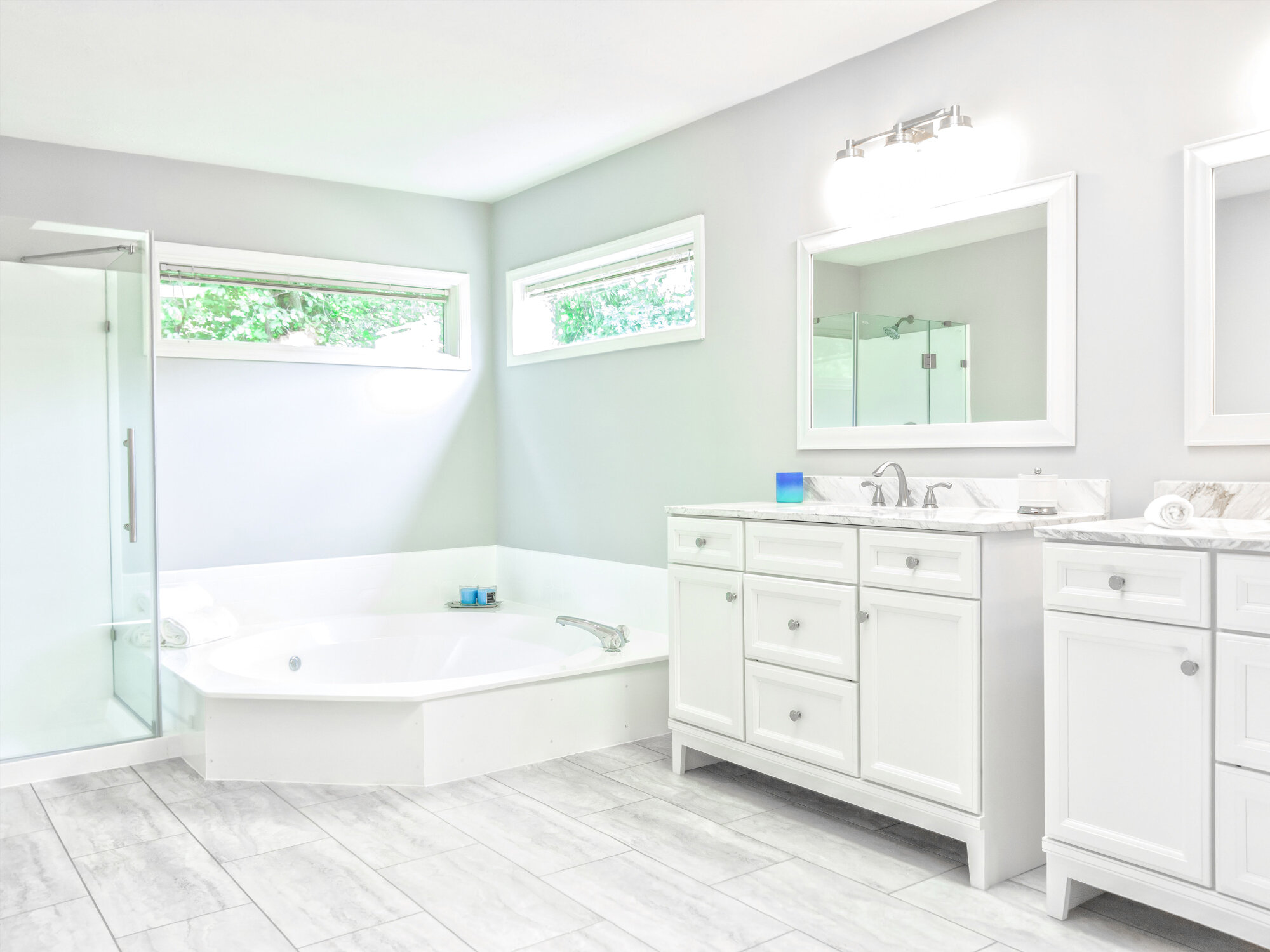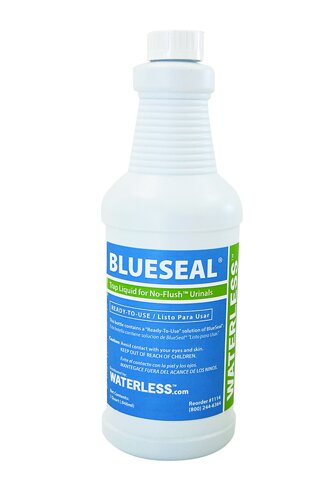Seven months into the COVID-19 crisis and we have begun hearing the same claims all the time:
· The coronavirus "has changed everything."
· We are living in a "new normal."
· There will be more "new normals" in the future.
Accepting these statements as true, let us start this article a bit differently. Most of us remember that in high school and college we would read an article first and then answer questions about it later.
Let us turn things upside down. This time let's start with the questions and then read the article. If we are good readers, we may learn how SARS spread in Hong Kong 13 years ago and how this might apply today to COVID.
Here are some true/false questions to test your knowledge:
The SARS virus is like other flu viruses.
True
False
SARS and the coronavirus that causes COVID die very quickly when airborne.
True
False
Plumbing problems played a crucial role in the 2003 SARS outbreak.
True
False
Plumbing problems could play a role in the 2020 COVID.
True
False
A U-trap prevents sewer gases from being released into a facility.
True
False
Today's U-traps are maintenance-free.
True
False
It is possible that the SARS pandemic was preventable.
True
False
Now, our discussion.
In March 2003, a 33-year-old doctor visited his brother, who lived in the Amoy Gardens complex in Hong Kong. This is a massive complex of 19 apartment buildings, all 33 stories high, housing approximately 15,000 residents.
Shortly after visiting with his brother in Unit 7 on the 16th floor, the doctor developed flu-like symptoms that worsened. Soon after that, his brother and sister-in-law also developed these flu-like symptoms.
The health of all three people became increasingly worse. The doctor soon died with what was later named severe acute respiratory syndrome, or SARS.
SARS is a highly contagious respiratory illness. Along with causing classic—but much more severe—flu-like symptoms, it can also result in death.
By April 2003, one month after the first known case, there were 321 cases of SARS in the Amoy Gardens. The virus dissipated a year later, mainly because China insisted on mask-wearing, social distancing, and forced quarantining. But in its wake, 8,098 people were infected, and 774 people died of the disease.
SARS is caused by a coronavirus (CoV) similar in structure to the novel coronavirus that causes COVID-19. Another similarity: Both viruses initially occurred in animals and then spread to humans. And, of course, both are highly contagious.
One reason they are so contagious is that pathogens from both viruses can become airborne, where they can remain for a few minutes to a few hours, allowing them to be inhaled.1 This is now considered the primary way that COVID-19 is spread.
Taking a Closer Look at Risers
Every building has risers. These are supply lines, usually made of copper, metal, or plastic, that deliver water to and from water-using fixtures like sinks, toilets, urinals, and showers.
Each fixture is fitted with a U-shaped water trap, commonly known as a U-trap or P-trap. The primary purpose of these traps is to prevent sewer gases from being released into the facility.
They have not changed much for decades and are found in facilities around the globe. When filled with water, they function properly, blocking sewer and other gases from being released into the facility.
However, in Block E of the Amoy Gardens apartments, the water in many of these traps had evaporated. This provided a direct opening to the sewer below. Sewer gases, including gases from infected stool in the waste pipe, were then released into the apartments.
It was later learned that the pathogen that causes SARS was in these gases. As they were inhaled, residents contracted the disease.
Why This Happened
Water frequently flows through toilets, sinks, and bathtub drains. As a result, the U-traps for these fixtures work properly because they remain filled with water.
However, each bathroom in the Amoy apartments also had a floor drain installed. Residents told public health investigators that they regularly mopped the bathroom floors, but apparently the mopping did not generate enough water flow to fill the U-traps below.
It was also later uncovered that many residents stored items directly over these floor drains. This prevented any water from draining down the pipe and filling the U-trap.
The dry U-trap allowed the infected gases to be released into the apartments. Making matters worse, investigators reported the following:
"Amoy residents installed window-mounted exhaust fans in most bathrooms. The type and size of the exhaust fan were not, however, dictated by building management. The bathrooms were small (less than 50 square feet each) and, according to WHO, many residents had installed high-powered fans with capacities 6 to 10 times higher than the capacity that would be required for such a small space."2
What this tells us is that not only were sewer gases containing the pathogen that causes SARS being released into the air, but they were being pulled into the air by the fans.
Could This Happen With COVID?
In March 2020, professors from Montana State University's microbiology and immunology department were asked to test the wastewater in Bozeman, Montana, to see if there were traces of COVID-19 in the water.
The professors doubted they would find any vestiges of the disease. However, to their unfortunate surprise, they did find evidence of the virus in four samples over the next 10 days.
But how could this be? In Montana, there would be few cases of the virus for weeks, if not months, to come. The professors now believe that many people in the state were already carrying the disease, even in the sparsely populated sections, as early as March, but were asymptomatic.
Due to these findings, the university and state public health officials began testing other wastewater sites in the state. They understood that if fumes bearing the pathogen that causes COVID made their way to dried-out risers in state facilities, it would spread the disease. Fortunately, as this article is being written, this has not been reported.
A related concern is that these sewer gases contain other pathogens that can harm human health. We know that the water in U-traps frequently evaporates. We find this happening when schools close for the holidays and recently because many buildings have been closed due to the pandemic. This sets the scene for uncontrolled spread of disease.
What can facility managers do to prevent this from happening? The long-term solution is not to refill floor and other drains with water. That is a short-term remedy. Instead, many are using inexpensive liquids known as primers or "ever prime." These liquids last for months without evaporating and are not impacted by climate extremes.
It is even possible that if residents in the Amoy apartments had poured a few ounces of Everprime in their floor drains two or three times per year, the SARS outbreak would never have reached epidemic proportions.
…
Klaus Reichardt is CEO and founder of Waterless Co. Inc, Vista, Calif. Reichardt founded the company in 1991 to establish a new market segment in the plumbing fixture industry with water efficiency in mind. The company's main product, the waterless urinal, works entirely without water. He can be reached at klaus@waterless.com
1. Different studies have come out with different findings as to how long coronavirus is stagnant in the air. This is a range of those findings.
2. Kelly R. McKinney, Yu Yang Gong, and Thomas G. Lewis, "Environmental Transmission of SARS at Amoy Gardens," Journal of Environmental Health 68, no. 9 (2006).





























